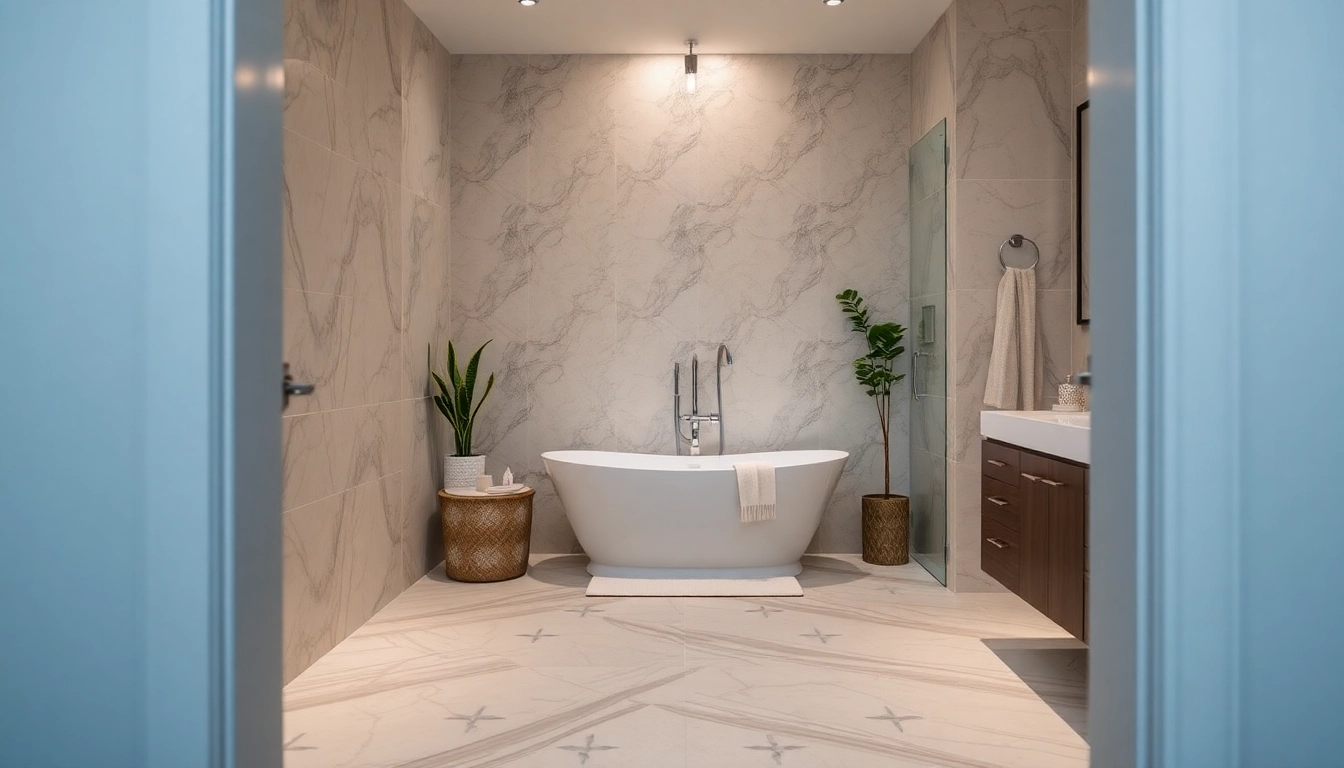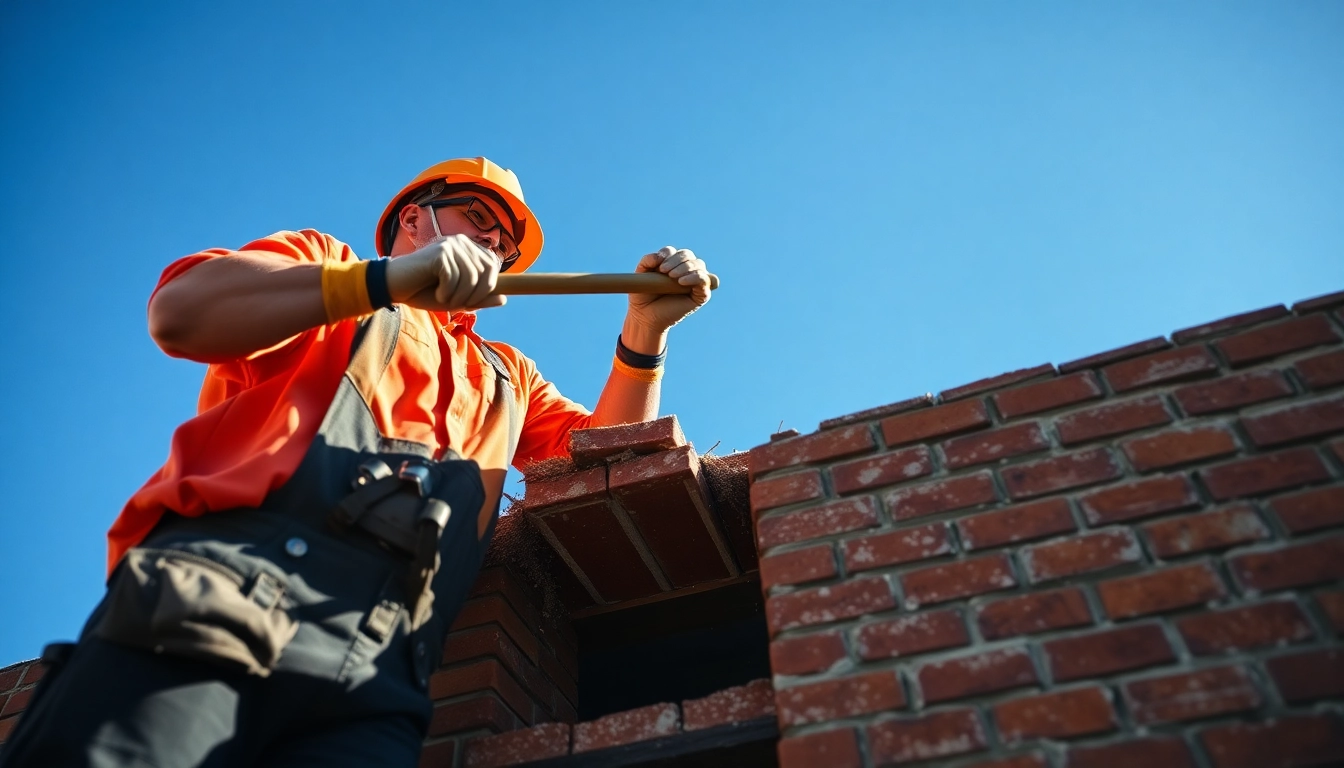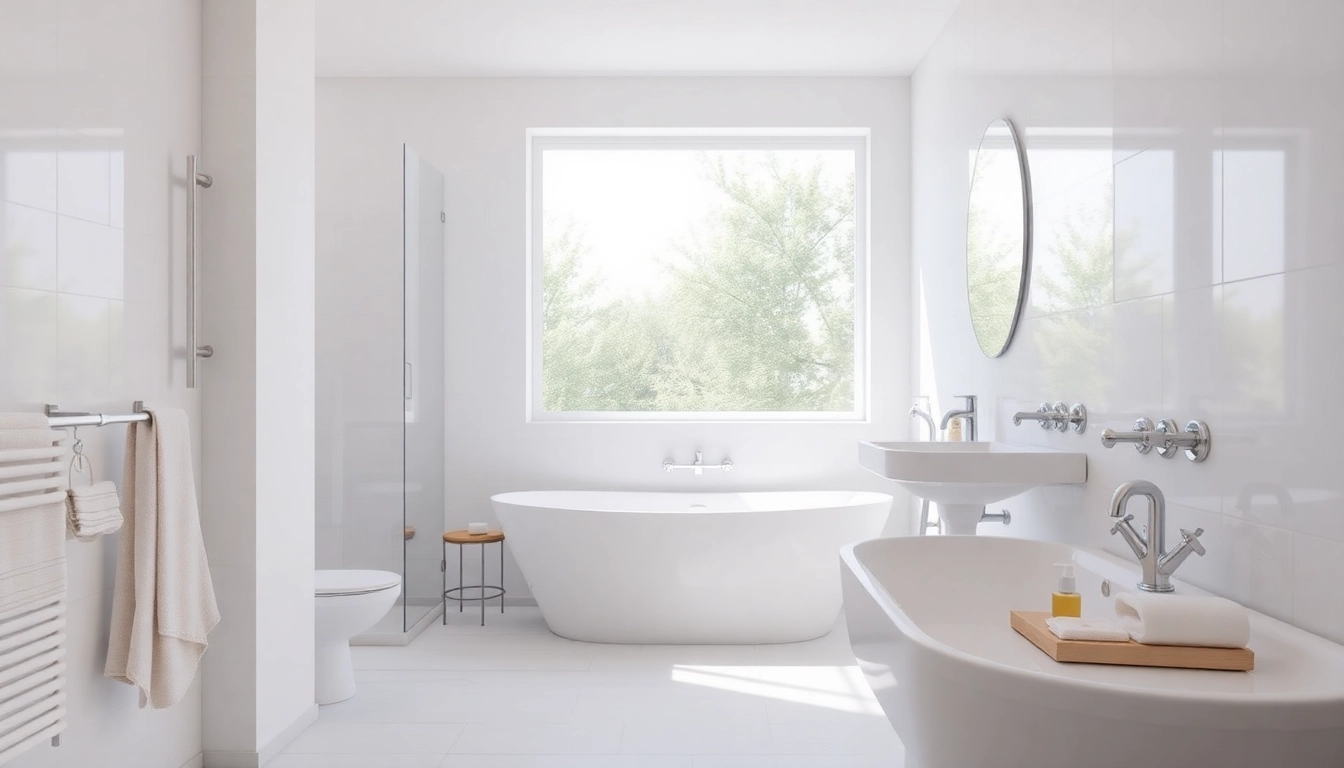Understanding Folding Partition Walls
What is a Folding Partition Wall?
A Folding Partition Wall is an innovative solution designed to maximize flexible space usage in both residential and commercial settings. These walls are typically made from lightweight materials that easily fold and unfold, allowing for quick reconfiguration of indoor spaces. Whether you need to separate an area for privacy or to create a more functional environment, folding partition walls provide an effective way to adapt your space to your needs.
Types of Folding Partition Walls
Folding partition walls come in various styles and materials, catering to diverse applications:
- Acoustic Folding Partitions: These are designed to offer sound insulation, making them perfect for conference rooms and training spaces.
- Glass Folding Partitions: Ideal for creating open yet separated spaces, these walls allow natural light to flow through while maintaining a sense of privacy.
- Fabric-covered Folding Partitions: These are often used in less formal settings and can come in a variety of colors and patterns, offering aesthetic appeal alongside functionality.
- Metal and Vinyl Partitions: Durable and easy to clean, they’re commonly used in commercial environments such as schools, hospitals, and offices.
Key Benefits of Using Folding Partition Walls
The advantages of installing folding partition walls are numerous:
- Flexibility: Easily transform space configurations to accommodate different activities without the need for extensive renovations.
- Cost-effective: Reducing the need for permanent construction means less time and labor costs.
- Space optimization: Make the most out of both large and small areas, adapting them as necessary for a variety of events or functions.
- Time Efficiency: Quick assembly and disassembly save time compared to traditional wall installations.
- Easy Maintenance: Most materials used in folding partitions are easy to clean and maintain, making them a practical choice for high-traffic areas.
Applications of Folding Partition Walls
Residential Uses: Creating Open Spaces
In residential settings, folding partition walls can be used to separate rooms for privacy or to create distinct areas within a larger space. For example, a living room can transform into a guest bedroom by simply folding down a partition wall, allowing for greater flexibility in home design.
Moreover, these partitions can also help in managing family dynamics, allowing private spaces for work or study while still maintaining family connections in common areas.
Commercial Applications: Efficient Space Management
In commercial environments, folding partition walls are crucial for effective space management. They enable businesses to adapt to fluctuating needs, such as dividing a large conference room into smaller meeting spaces to accommodate various client meetings. Schools utilize folding partitions to separate classrooms during different activities, such as lectures and group discussions.
Additionally, hotels and event venues find great value in folding partitions by using them for quick reconfiguration of hall spaces for weddings, conferences, or corporate events, ultimately enhancing the utility and appeal of their facilities.
Choosing the Right Folding Partition Wall for Your Needs
When selecting a folding partition wall, consider the following factors:
- Purpose: Define what you need the partitions for—acoustical privacy, aesthetic appeal, or simply for flexible space adaptation.
- Material: Choose a material based on durability and your desired acoustic properties. Glass provides elegance but may lack sound insulation, while fabric options are softer but may not be as durable.
- Size: Ensure that the dimensions fit your space requirements and can function effectively without overwhelming the area.
Installation Process for Folding Partition Walls
Preparing Your Space for Installation
Before installation begins, it’s essential to prepare your space:
- Clear the area where the wall will be installed, removing any furniture or obstacles.
- Measure the intended space carefully to ensure the partitions will fit adequately.
- Check for electrical or plumbing fixtures that might be obstructed by the installation.
Step-by-Step Installation Guidance
The installation process for folding partition walls can vary based on the product type but generally follows these steps:
- Assemble the Frame: Begin by assembling the track and frame according to the manufacturer’s instructions.
- Secure the Track: Mount the track to the ceiling or wall, ensuring it is level and securely anchored.
- Install Panels: Carefully mount the panels onto the track, adjusting their positions as needed for smooth operation.
- Test the Operation: Once installed, open and close the panels multiple times to confirm that they function correctly.
- Finishing Touches: Ensure all hardware is secured and check for any gaps or misalignments.
Common Pitfalls to Avoid During Installation
Even with a straightforward installation process, several common issues can arise:
- Incorrect Measurements: Always double-check measurements before cutting materials or securing tracks.
- Skipping Steps: Follow the manufacturer’s guide diligently; rushing can lead to errors.
- Ignoring Leveling: Ensure the track is perfectly level; a misplaced track can cause panels to jam.
Maintenance Tips for Folding Partition Walls
Regular Cleaning and Care
Keeping folding partition walls clean is crucial for maintaining their appearance and functionality. Regular dusting and occasional wiping with a mild detergent solution can keep the surfaces looking fresh and new. For fabric-covered options, a gentle vacuum might suffice while ensuring any stains are treated promptly to prevent damage.
Ensuring Longevity and Durability
A few practical steps can enhance the durability of your folding partition walls:
- Regularly inspect tracks and hardware for signs of wear or issues and tighten loose components as necessary.
- Avoid slamming or forcing partitions open and closed to prevent joint stress.
- Store partitions in a dry area when not in use to avoid moisture damage, especially with fabric options.
When to Seek Professional Help
Potential trouble spots that may require professional intervention include:
- Complex Installations: For larger or more intricate projects involving multiple partition configurations, hiring an expert may ensure a more precise and secure installation.
- Maintenance and Repairs: If panels are jammed or tracks are misaligned, call a professional to avoid damaging the partitions.
Future Trends in Folding Partition Wall Design
Innovative Materials and Technologies
The future of folding partition walls is bright, with a trend towards using sustainable materials and innovative technologies. For instance, incorporating smart technology that can automate the opening and closing of walls will enhance convenience and efficiency.
Sustainability in Folding Partition Wall Production
As businesses and homeowners become more environmentally conscious, manufacturers are focusing on sustainable materials, such as recycled composites and low-emission finishes. This not only addresses eco-friendliness but also appeals to consumers looking for greener solutions.
Design Trends Shaping the Future of Workspaces
The modern workspace is evolving, and folding partition walls are at the forefront of this transformation. With a shift towards collaborative environments, the demand for adaptable space solutions that prioritize open, flexible designs will continue to grow. Incorporating inviting colors and textures into these partitions can further enhance the atmosphere, making workspaces more comfortable and productive.



